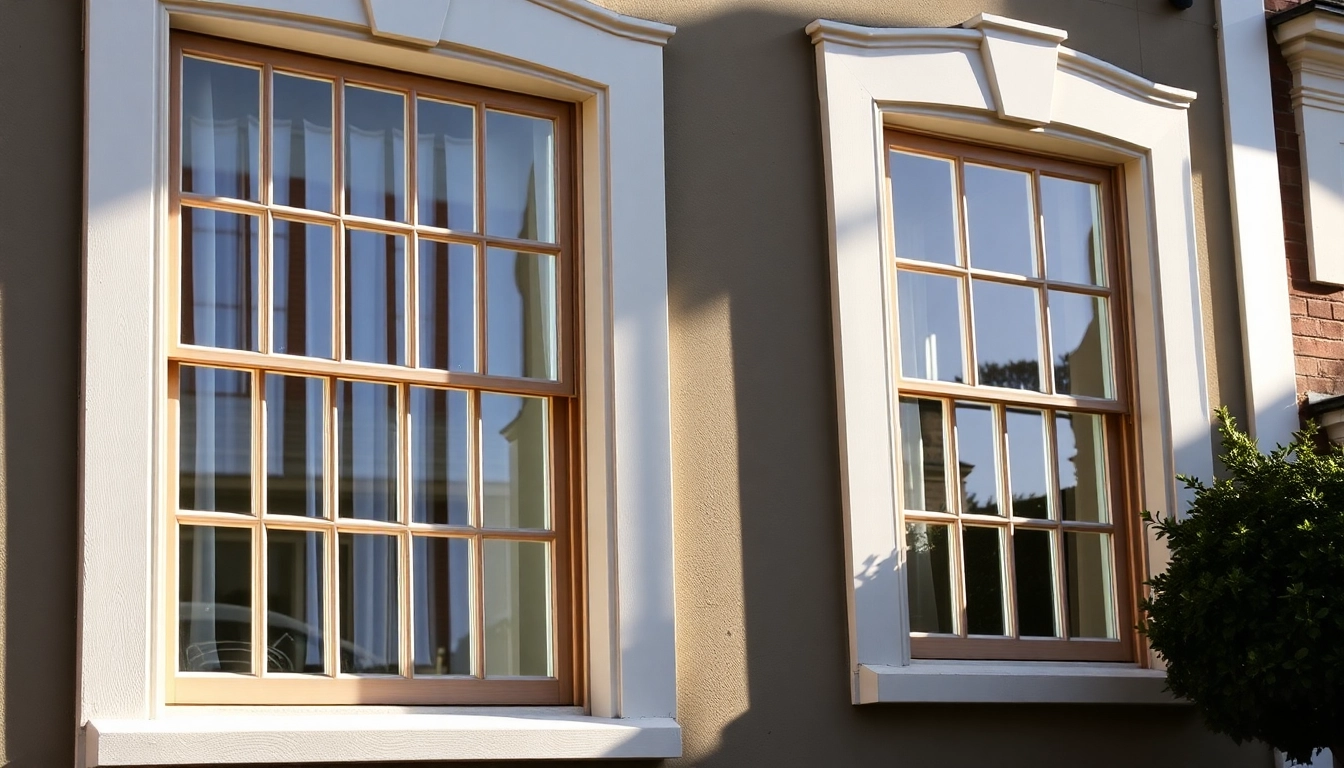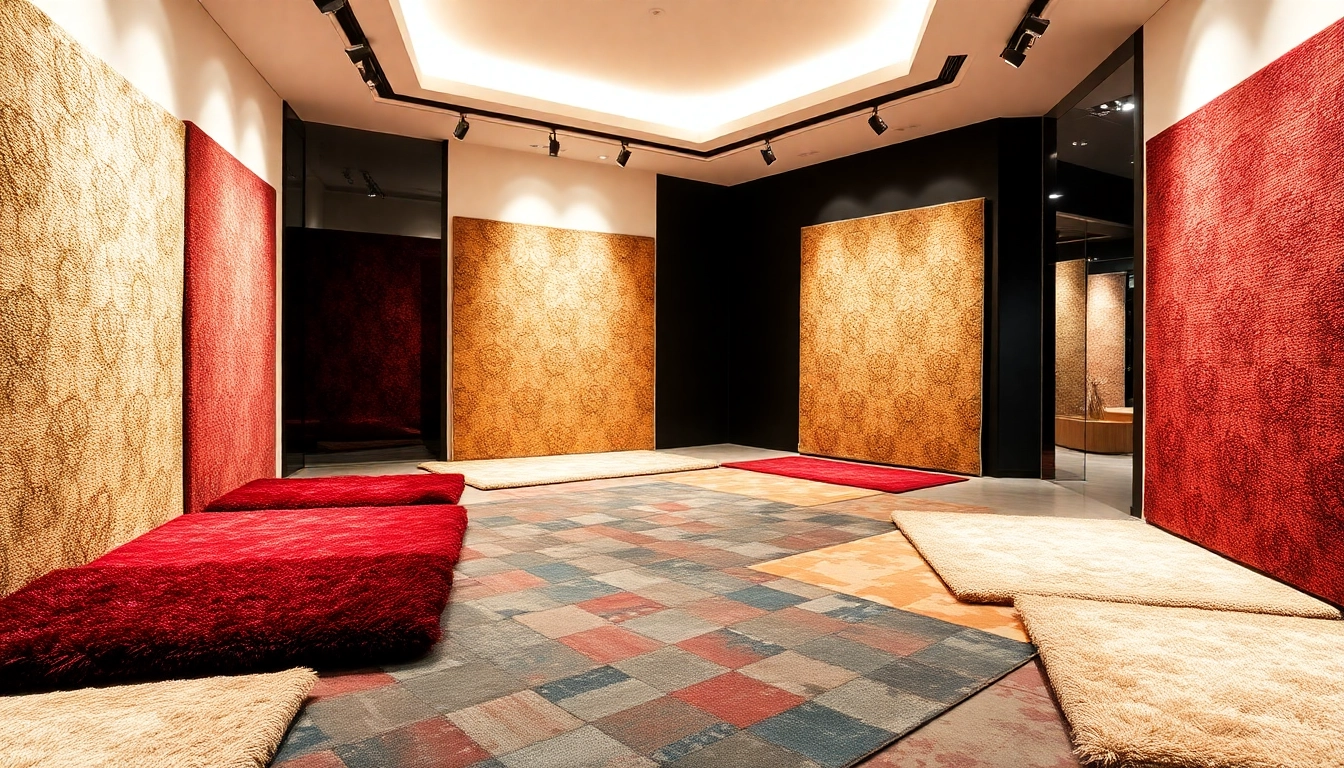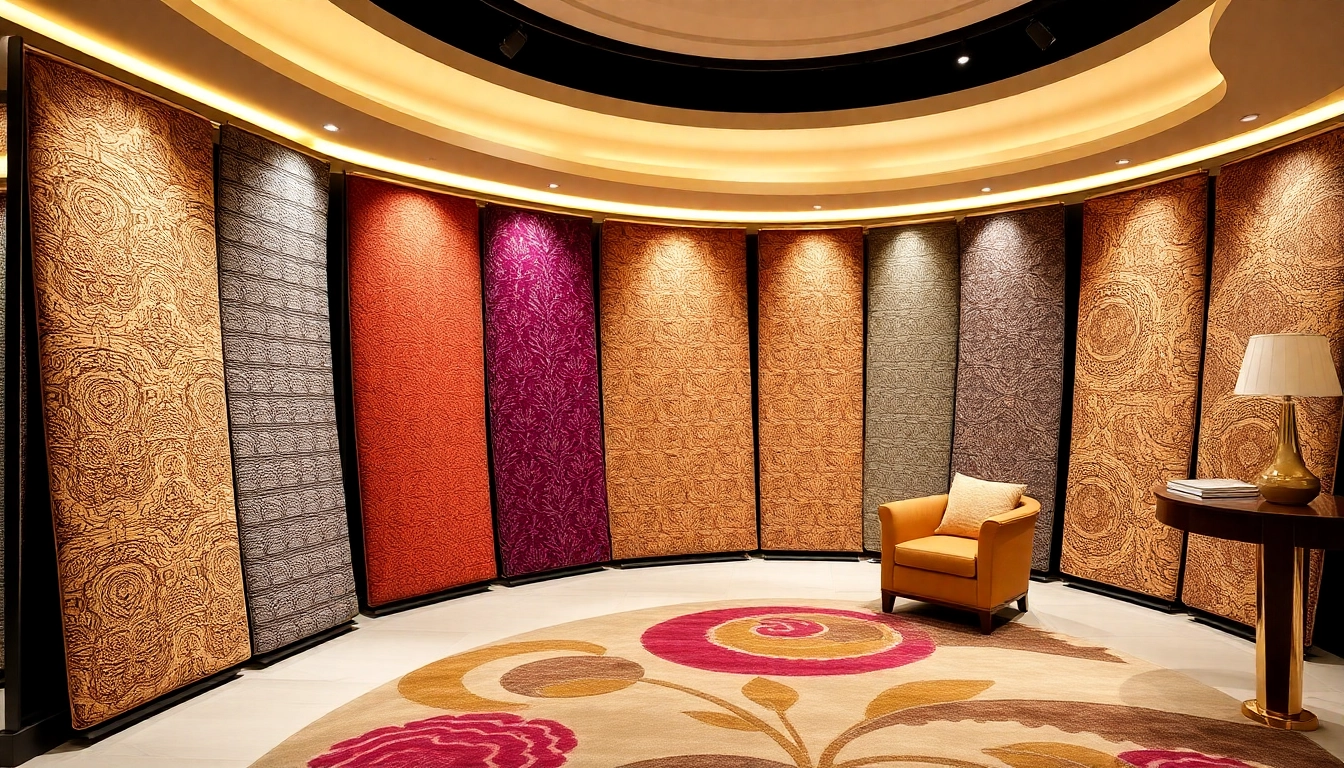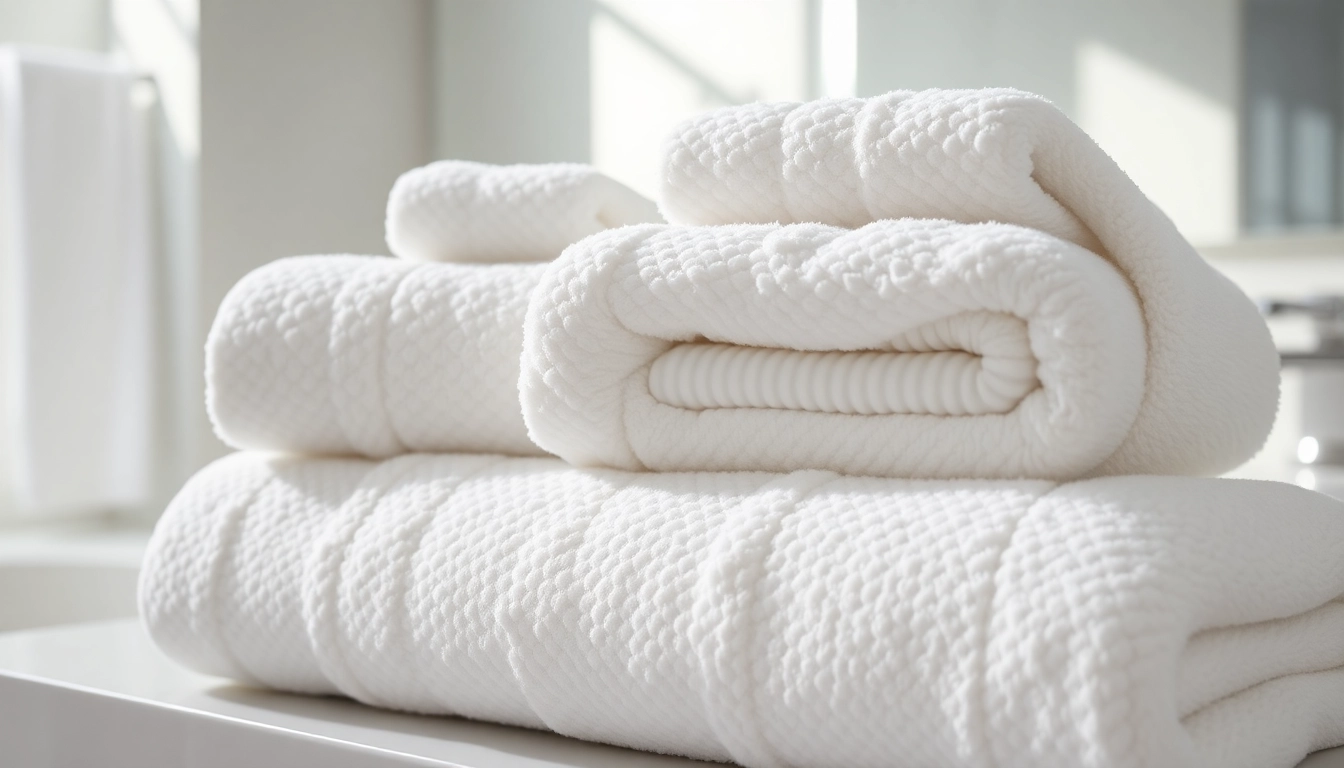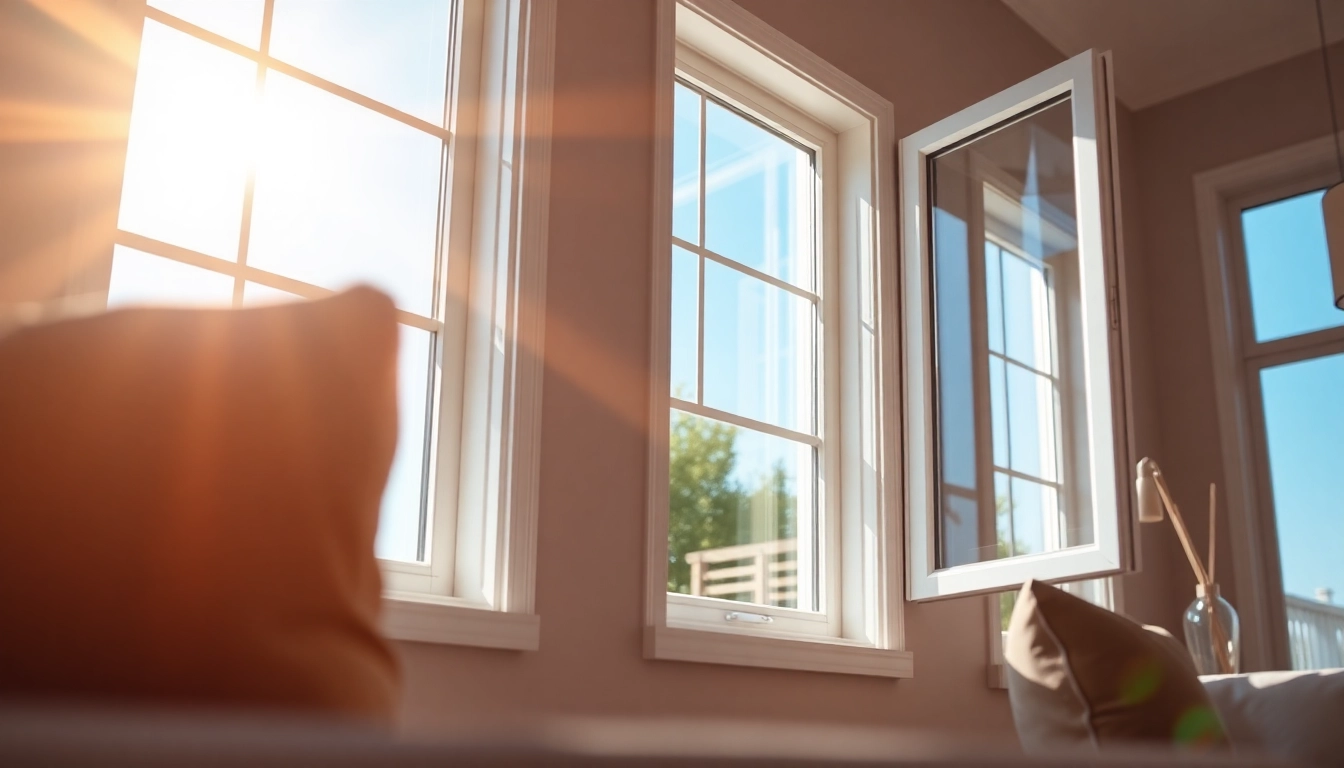Understanding the Architectural Significance of Georgian Sash Windows
Historical context and evolution of Georgian window design
Georgian sash windows are quintessential elements of 18th and early 19th-century architecture in the United Kingdom, epitomizing elegance, symmetry, and craftsmanship. Their design philosophy emerged during the Georgian era (1714–1830), a period marked by a focus on proportion and classical aesthetics inspired by Renaissance and classical architecture. These windows evolved from earlier medieval styles, adopting a more refined and balanced approach that suited burgeoning urban and rural developments alike.
The origins of Georgian window design can be traced back to the influence of classical ideals, emphasizing harmony and proportion. Early Georgian windows were characterized by large, rectangular panes, often subdivided into smaller sections with horizontal and vertical bars called glazing bars, which created the iconic “six-over-six” pattern. Throughout the period, innovations in glass manufacturing and building techniques allowed for larger panes, but the traditional grid remained a hallmark of style, signifying stability and proportion.
Evolution over the centuries saw variations in window size and ornamentation, with early Georgian homes favoring simplicity and symmetry, while later periods introduced decorative features and variations such as horns or arched sashes. The influence extended beyond architecture to interior design, where proportional harmony created a cohesive aesthetic experience.
Distinguishing features of authentic Georgian sash windows
Authentic Georgian sash windows are distinguished by several defining features that reflect their period and design ethos. The most recognizable attribute is the “six-over-six” window pattern, consisting of two vertically sliding sashes, each containing six panes of glass separated by slender glazing bars. These panes are meticulously proportioned to maintain visual balance and symmetry.
These windows typically feature a simple, understated timber frame with a flat or slightly projecting sash. The glazing bars are sometimes reinforced with narrow muntins, which frame thin panes of glass—often 4mm in thickness—that were customary for the era.
Horns are a subtle yet important aspect—small rectangular projections at the edges of the sash, which historically originated from timber joining techniques and serve both aesthetic and practical purposes. Authentic Georgian sashes also often include traditional hardware such as flush-mounted sash lifts, sash pulleys, weights, and pulleys for smooth operation.
Finishing details, such as the use of proportionate architraves and window surrounds, enhance their refined appearance, emphasizing symmetry and craftsmanship.
Comparison with Victorian and modern window styles
While Georgian sash windows emphasize symmetry, proportion, and subtle detailing, Victorian windows (1837–1901) tend to be larger, more ornate, and introduce decorative elements like intricate timber carvings, bay extensions, and larger glazing with fewer subdivided panes. Victorian sash windows often have larger panes, such as two-over-two or four-over-four patterns, reflecting a shift towards more decoration and varied window design.
Modern interpretations of sash windows, including uPVC and aluminium variants, often replicate the aesthetic qualities of traditional Georgian windows but incorporate advanced materials and glazing technologies for enhanced energy efficiency, security, and ease of maintenance. These modern styles may feature fixed bars or simulated grid patterns to capture the visual appeal without the need to subdivide the actual glazed panels.
Thus, the key differentiator remains in design intent: Georgian windows focus on refined simplicity, Victorian on embellishment, and modern styles on functionality while preserving the visual cues of classic aesthetics.
Design Elements and Customization Options
Traditional six-over-six pane layouts and glazing bars
The hallmark of Georgian sash windows is their six-over-six grid layout. Each sash consists of six evenly spaced panes, providing a symmetrical and harmonious appearance. The glazing bars—commonly made of timber—are slender, creating a delicate grid that enhances the visual impact without overwhelming the glass or the overall architecture.
Customization options include varying the number of panes to suit specific aesthetic or historic requirements, such as four-over-four or even twelve-over-twelve designs for larger or more elaborate properties. The positioning and style of glazing bars can be altered, including flat, curved, or reinforced muntins, to match the architectural period or personal preference.
An important consideration is the authenticity of the glazing bars; traditional bars are usually fixed between two panes of glass, creating a true grid, whereas modern uPVC systems often simulate the grid with decorative external bars or internal muntins for maintaining the Historical appearance.
Materials: timber, uPVC, and modern alternatives
Historically, timber—such as oak, pine, or hardwoods—was the primary material for Georgian sash windows due to its durability, insulating properties, and aesthetic appeal. High-quality engineered timbers, like Accoya, now offer enhanced stability, rot resistance, and sustainability benefits, making them ideal for both restoration projects and new installations.
In recent decades, uPVC and aluminium have become popular alternatives that provide superior energy efficiency, lower maintenance requirements, and affordability. Modern uPVC Georgian sash windows are designed to mimic the appearance of traditional timber frames closely, with options for authentic detailing such as horns and Georgian bars.
The choice of material depends on several factors, including budget, property character, conservation standards, and personal preference. For listed buildings, timber or specially approved materials are usually necessary to preserve architectural integrity.
Finishing touches: horns, Georgian bars, and hardware
Finishing details play a crucial role in achieving historical authenticity and aesthetic perfection. Horns, as previously discussed, are small rectangular extensions at the sash edges, usually made from timber, that align with period specifications. They often exist in pairs, maintaining the sash’s structural integrity and contributing to the traditional appearance.
Georgian bars—either true fixed bars or simulated—divide the panes into evenly proportioned sections, reinforcing the classic “six-over-six” look. They come in various styles, from thin, unobtrusive bars to more prominent, decorative designs, depending on whether the window is restoration or contemporary reproduction.
Hardware, such as sash lifts, pulley covers, and handles, should match the period style for authenticity. Brass or chrome fittings—often with vintage finishes—are standard, and their placement and proportion can be customized to achieve the desired look.
Installation and Maintenance Best Practices
Choosing the right sash window type for your property
Selecting the appropriate Georgian sash window involves evaluating architectural style, conservation regulations, and functional requirements. For heritage buildings, period-accurate timber sash windows with authentic features are essential. On modern homes aiming to emulate classic aesthetics, uPVC options may suffice, especially when energy efficiency and low maintenance are priorities.
Consider factors like the size and placement of windows, the impact on natural light, and the overall visual harmony with existing architectural elements. Consulting with specialists who understand heritage standards ensures compliance with legal requirements, particularly for listed buildings or conservation areas.
Professional installation tips for authenticity and durability
Proper installation is critical to preserving the window’s period appearance and ensuring long-term performance. Experienced craftsmen should carefully measure window openings to ensure a perfect fit, preventing drafts and water ingress. Installing sash windows with accurate replicas of traditional weights, pulleys, and hardware ensures smooth operation and optimal stability.
To maintain authenticity, it’s recommended to use period-appropriate materials and fixtures. Sealing and insulating should be done with discreet, non-intrusive methods to avoid detracting from the historic character. Additionally, ensuring proper drainage around the frame prevents water damage and preserves the timber’s integrity.
Adhering to conservation guidelines and working within legal frameworks is essential when working on listed buildings or heritage sites.
Maintenance guidelines to preserve historical character and performance
Regular maintenance extends the life of Georgian sash windows and helps retain their aesthetic appeal. Key practices include gentle cleaning with non-abrasive products, periodic painting or staining with suitable protective coatings, and inspection of hardware and seals for signs of wear.
Timber frames should be checked for rot, cracks, or insect damage, and any repairs should match the original materials and finishes. Lubricating sash pulleys and hardware ensures smooth operation and prevents sticking. For authentic appearance, re-glazing should be done with traditional methods, maintaining the original glass or using period-appropriate replacements.
Preventative measures, such as installing weather-proof astragals and draught-proofing the sashes, improve energy efficiency and comfort without compromising period style.
Costs, Pricing, and Value for Investment
Factors influencing Georgian sash window prices in the UK
Pricing for Georgian sash windows varies significantly based on materials, size, customization, and the level of craftsmanship. High-quality timber windows with traditional features tend to be more expensive due to the cost of materials and labor. For instance, bespoke handcrafted windows can range from several thousand pounds per opening, depending on complexity and provenance.
Supply chain factors, such as the availability of period-appropriate glass and hardware, also influence pricing. Additionally, installation costs, especially for heritage-sensitive projects, can add to the overall expense.
For a typical residential property, expect prices from approximately £500 for basic uPVC versions to over £2,000 per window for high-end timber, double-glazed, period-correct sash windows.
Cost-effective options: uPVC vs. traditional wood
uPVC Georgian sash windows offer affordability, quick installation, and low maintenance, making them popular for modern renovations. They can convincingly mimic traditional styles through internal grids and decorative external bars, providing a budget-friendly solution with decent durability.
Conversely, timber windows, particularly those made from engineered timber like Accoya, provide superior authenticity and longer lifespan—often exceeding 50 years with proper maintenance—albeit at a higher initial cost. When considering a long-term investment, timber may deliver better value through enhanced durability, sustainability, and fidelity to manufacturer standards.
Ultimately, the choice depends on project goals, heritage requirements, and financial considerations. Balancing upfront costs with ongoing maintenance and energy savings is vital when selecting the best material solution.
Long-term benefits and energy efficiency considerations
Properly installed Georgian sash windows, especially double-glazed models, significantly improve energy efficiency by reducing heat loss, preventing drafts, and lowering heating bills. Authentic timber frames with high-quality glazing can achieve U-values comparable to modern standards, preserving the historic character while offering modern comfort.
Additionally, well-maintained sash windows can increase a property’s resale value, appeal, and compliance with conservation guidelines. The investment in durable materials and professional installation often results in lower long-term costs through reduced maintenance and energy expenses.
When choosing sash windows, consider advanced glazing options, such as low-emissivity coatings and inert gas fills, to maximize insulating performance without compromising the period aesthetic.
Enhancing Your Property with Georgian Sash Windows
Legal and conservation considerations for listed buildings
Installing or replacing Georgian sash windows in listed buildings or conservation areas requires compliance with strict regulations. Consult local planning authorities and conservation officers early in the project to ensure that designs, materials, and manufacturing techniques meet heritage standards. Typically, consent is necessary for alterations that affect the character of the building.
Approving bodies often favor authentic timber sash windows with period features, including true horns and traditional glazing. Any deviation from original designs without proper permissions can lead to legal complications and potential enforcement action.
Designing windows that complement historic architecture
The key to successful integration of Georgian sash windows into historic buildings lies in respecting existing architectural features. Styles should match the original window proportions, glazing patterns, and detailing to preserve visual harmony.
Incorporating period-specific hardware, traditional finishes, and subtle decorative elements enhances authenticity. Modern innovations like energy-efficient double glazing should be carefully integrated to maintain aesthetic integrity.
Collaborating with specialists in heritage fenestration ensures that design and installation meet both aesthetic and regulatory standards, safeguarding the historic character of your property.
Case studies: Transforming homes with high-quality Georgian windows
Many historic properties have undergone successful transformations through the installation of authentic Georgian sash windows. For example, a Victorian terraced home in Bristol was meticulously restored using hand-crafted timber sash windows featuring six-over-six panes, period-appropriate horns, and traditional hardware. This restoration preserved the building’s character while improving energy efficiency and comfort.
In a conservation area in central London, a historic townhouse was equipped with premium uPVC Georgian sash windows that replicated the look of original timber, meeting strict planning conditions and reducing maintenance costs. The project demonstrated how modern materials can effectively honor heritage standards while offering practical benefits.
These case studies exemplify how investment in period-appropriate designs enhances both aesthetic appeal and value, serving as inspiring examples for similar projects.
